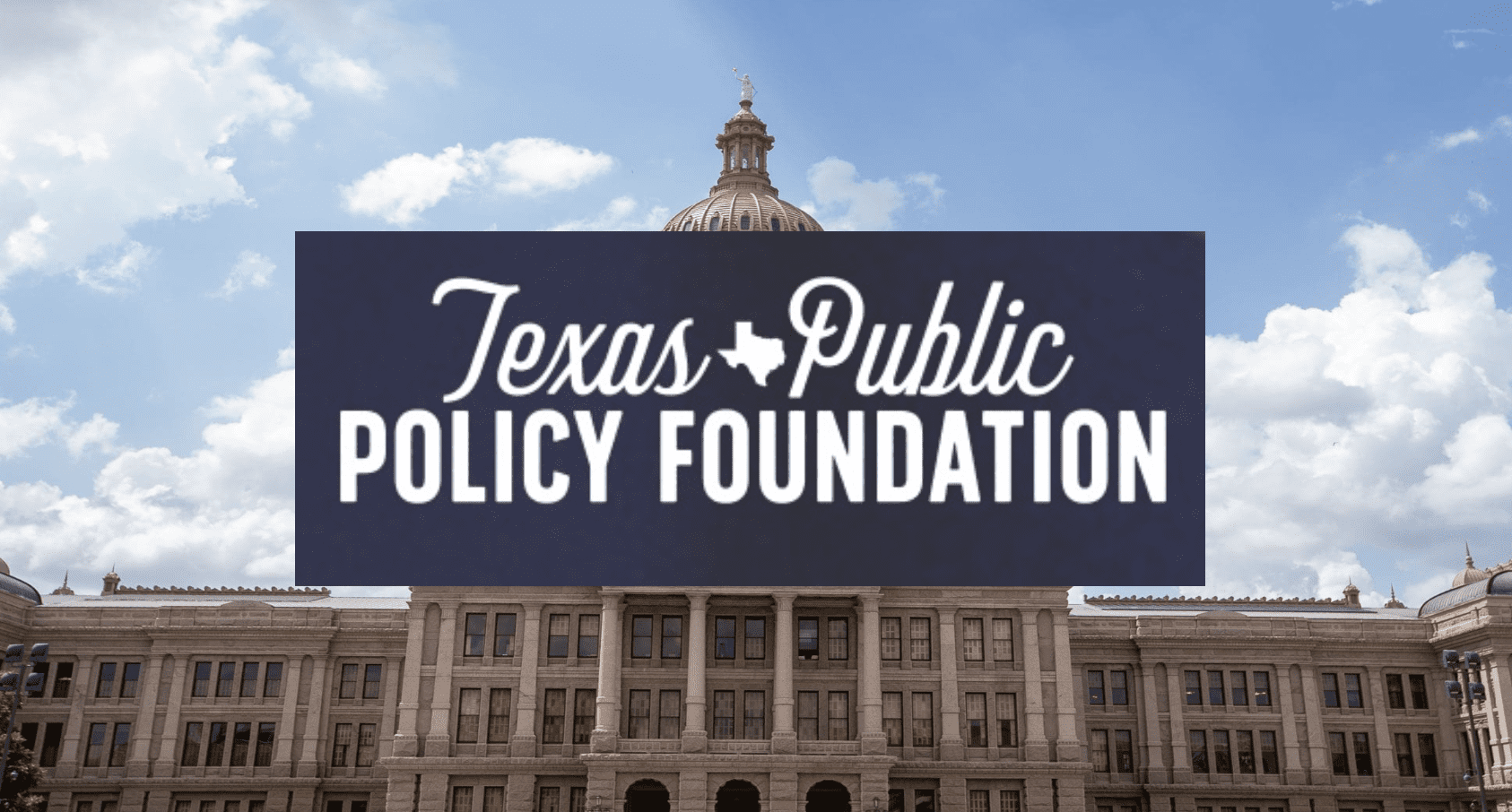A lack of program-level transparency in the biennial state budget prevents legislators and citizens from knowing exactly what programs an agency supports in each appropriations cycle. Often, the only folks who know this information have an incentive to keep it from taxpayers.
|
Any inquisitive layman who peeks at the state appropriations document is immediately overwhelmed with an endless stream of numbers and tables—the building blocks of the budget. What citizens won’t see are individual program line items for many lesser expenditures.
Under state law, the current structure of the appropriations bill must be “strategy-based,” this means that spending items in the budget correspond with general objectives of a given agency.
While strategic planning is certainly positive for state government, the current strategy-based format has a fatal flaw: it obscures the view of many individual budget programs and worse, could undermine the governor’s line item authority to gut frivolous program spending.
In the General Appropriations Act, “goals” are broad policies assigned to agencies to be implemented, and “strategies” are the ways in which the goals are carried-out.
These goals are extensive, and to make matters more confusing, one goal can be assigned to two different agencies; and some programs, to implement the goals, may cross over strategies; and strategies might have multiple programs.
A household example of this might be:
- Goal A. Feed Family,
- Strategy A.1. Buy Groceries $400/ month,
- Strategy A.2. Go to restaurants $600/month,
- Strategy A.3. Plant Vegetable Garden $100/month.
This outline might not include what exact expenditures were let.
The Legislative Budget Board (LBB)—the Texas Legislature’s budget review and assessment agency—gives some information on the budget format here.
Even though the LBB was recently charged by state law to produce a searchable budget by program online, it has not yet incorporated this information into the actual appropriations bill draft. This prevents citizens from quickly and easily finding and appropriators from potentially removing certain programs they might deem unworthy of hard-earned tax dollars.
Some advantages of our strategy-based budget itself are that it ties many funding streams to how well agencies perform tasks.
However, without program transparency in the budget document itself, citizens and legislators must turn to individual agency financial reports, and it should be noted that this is not an easy task when appropriators examine the budget for program expenditures.
Taxpayers and legislators deserve to know exactly where agency spending goes–during the debate on the state budget. This requires simple reform that could likely be implemented without any change to existing law.
Under the direction of the Lt. Gov., Speaker, and select House and Senate members, the Legislative Budget Board could include program-level spending numbers in the appropriations bill draft. The question is, do lawmakers want more spending transparency?



